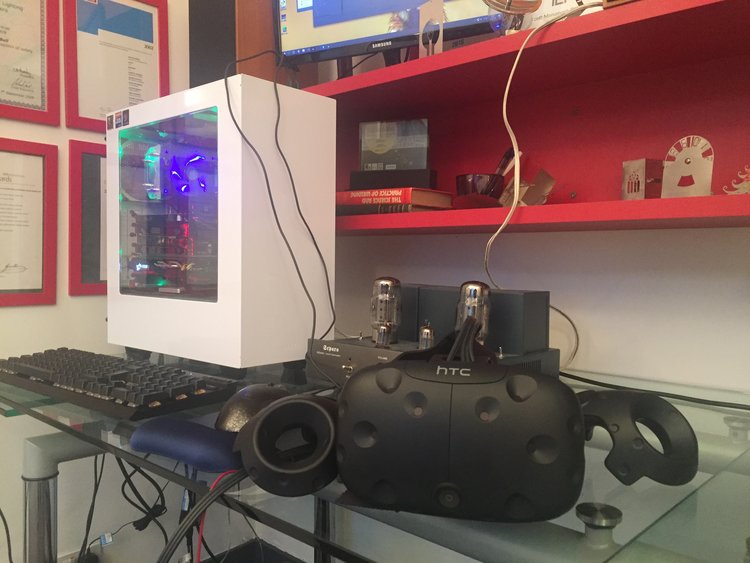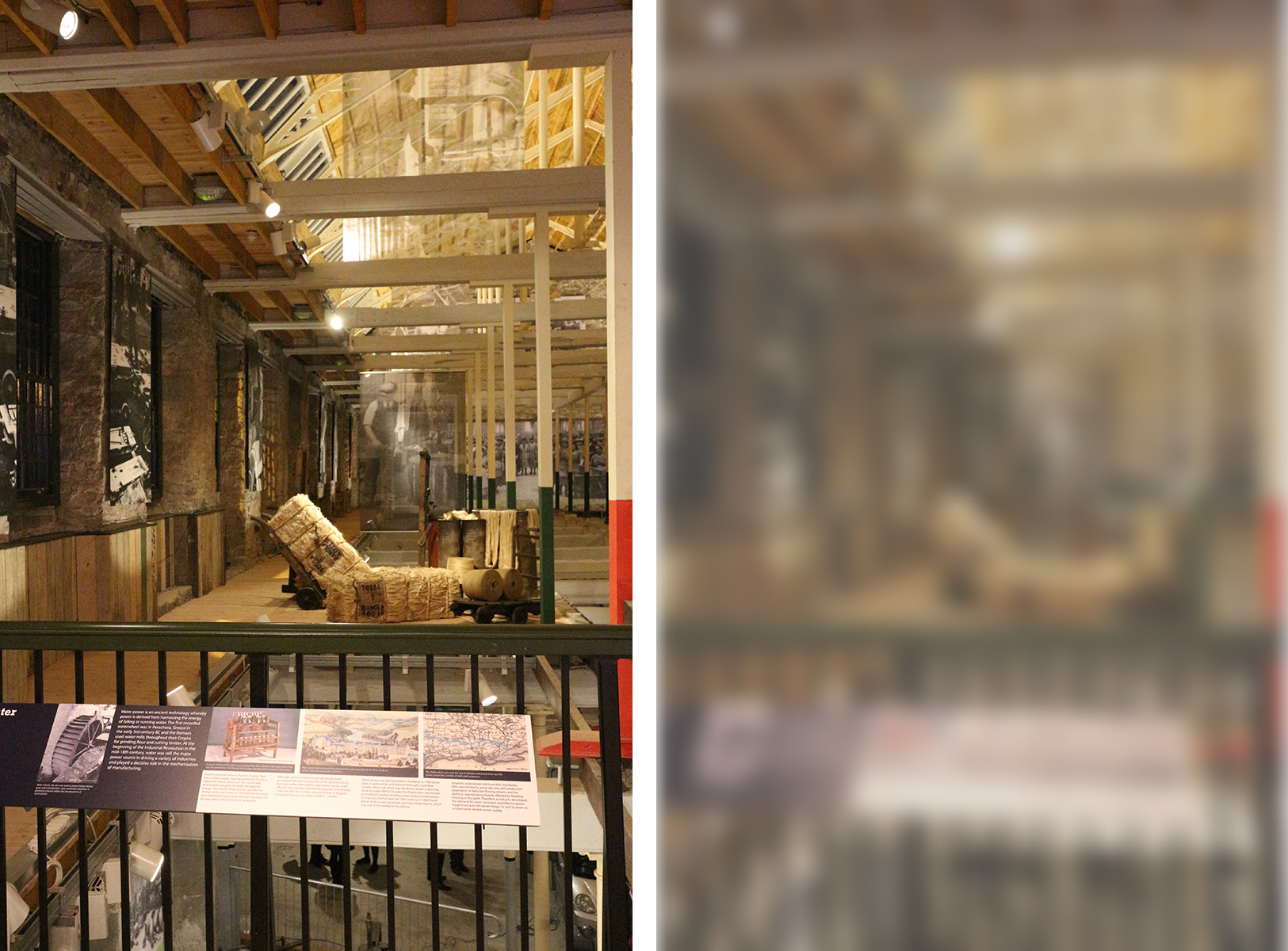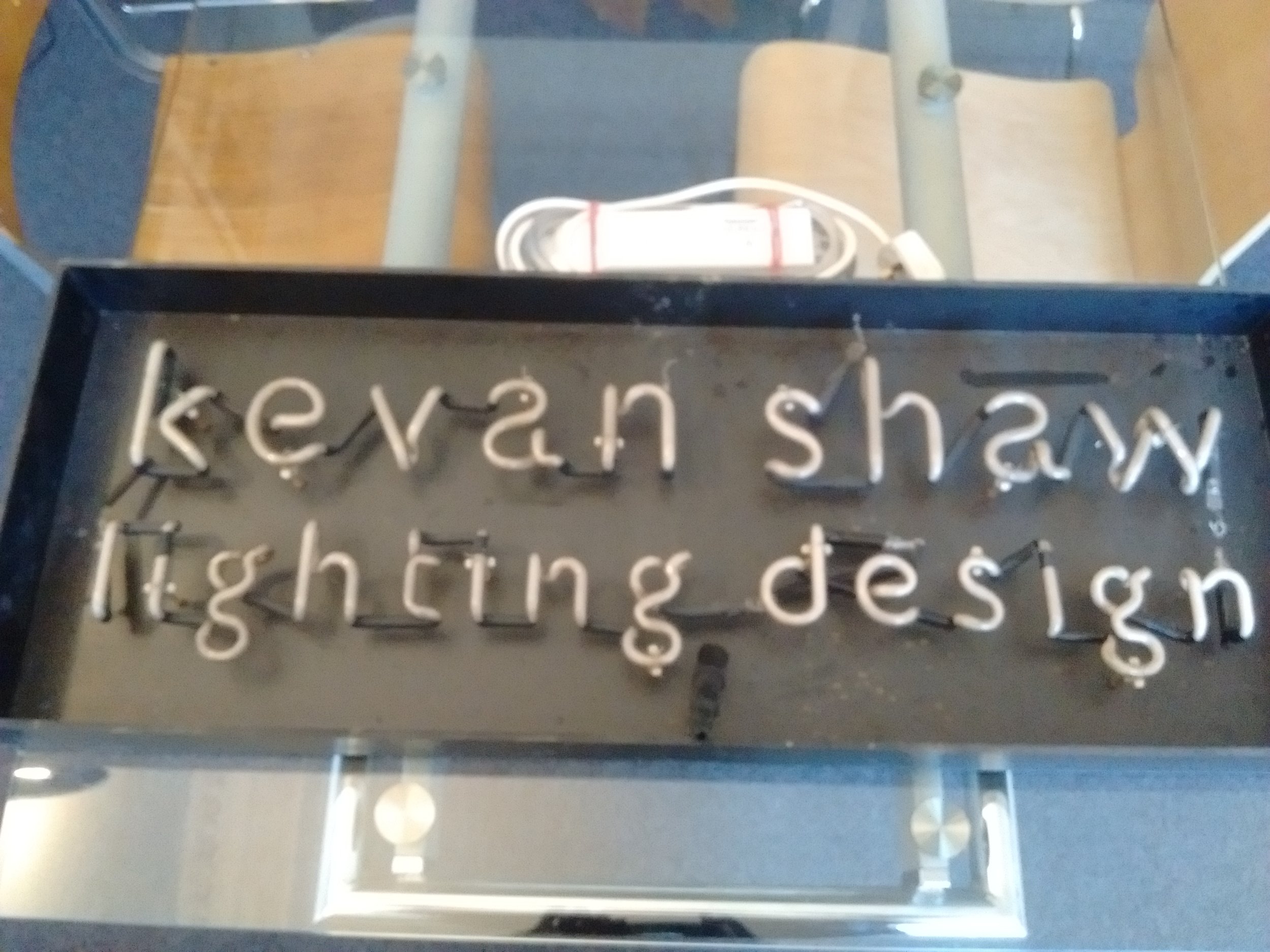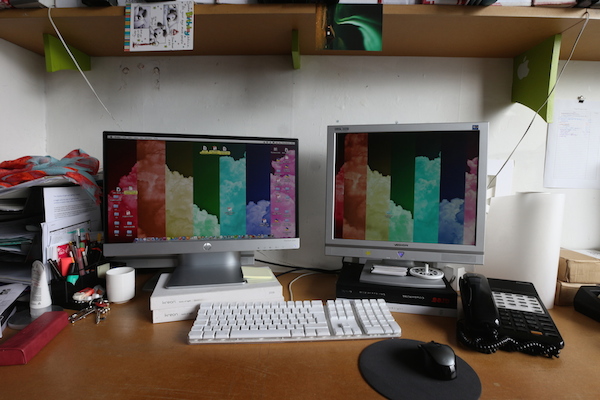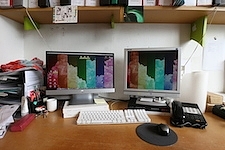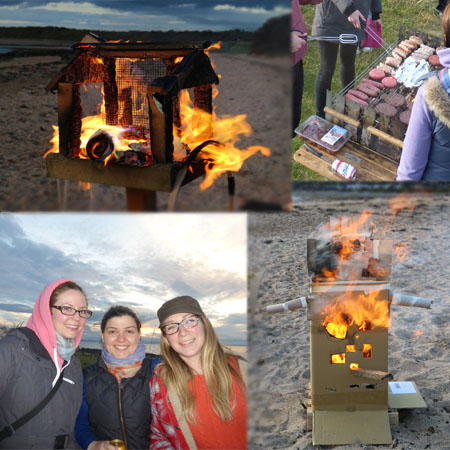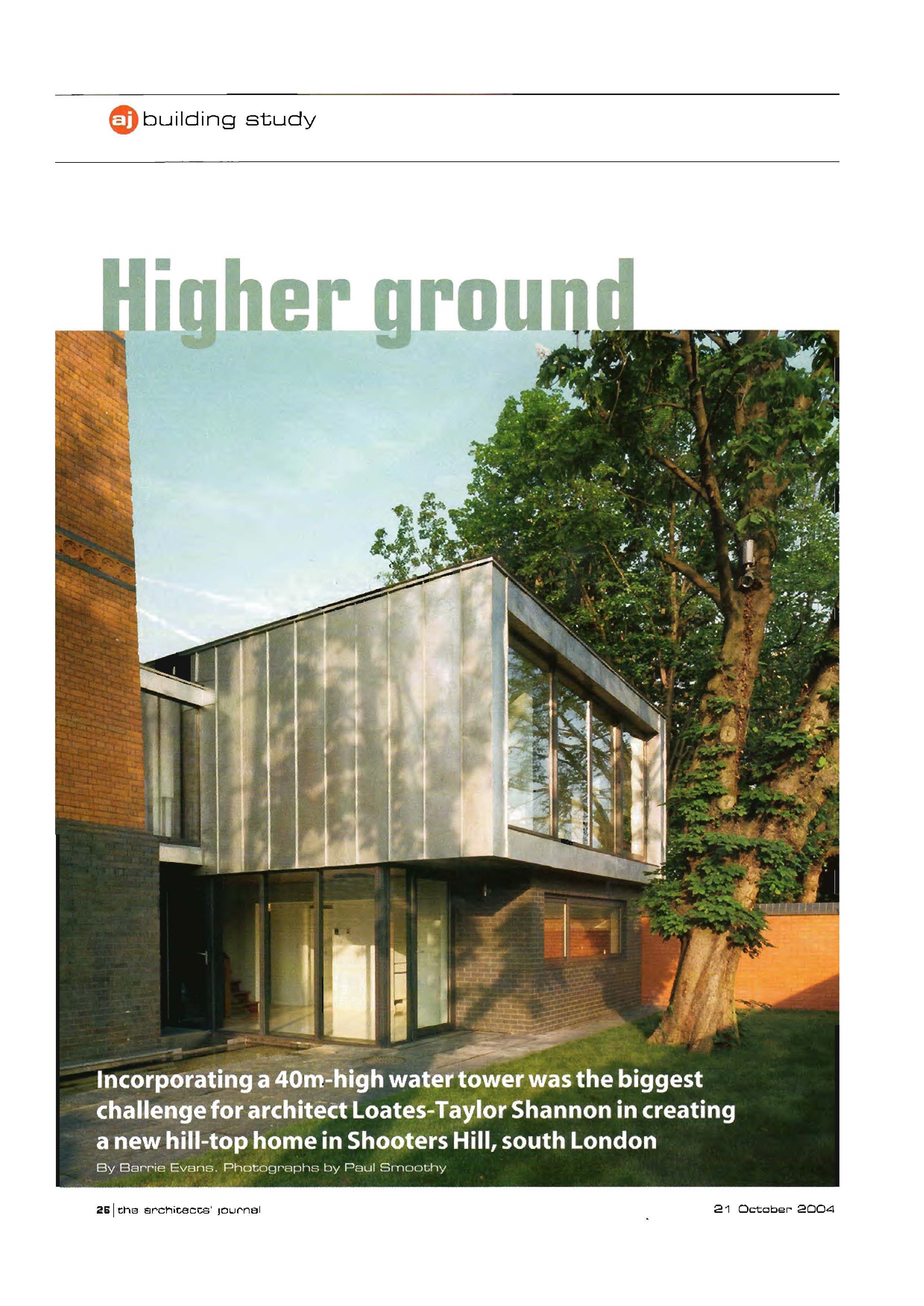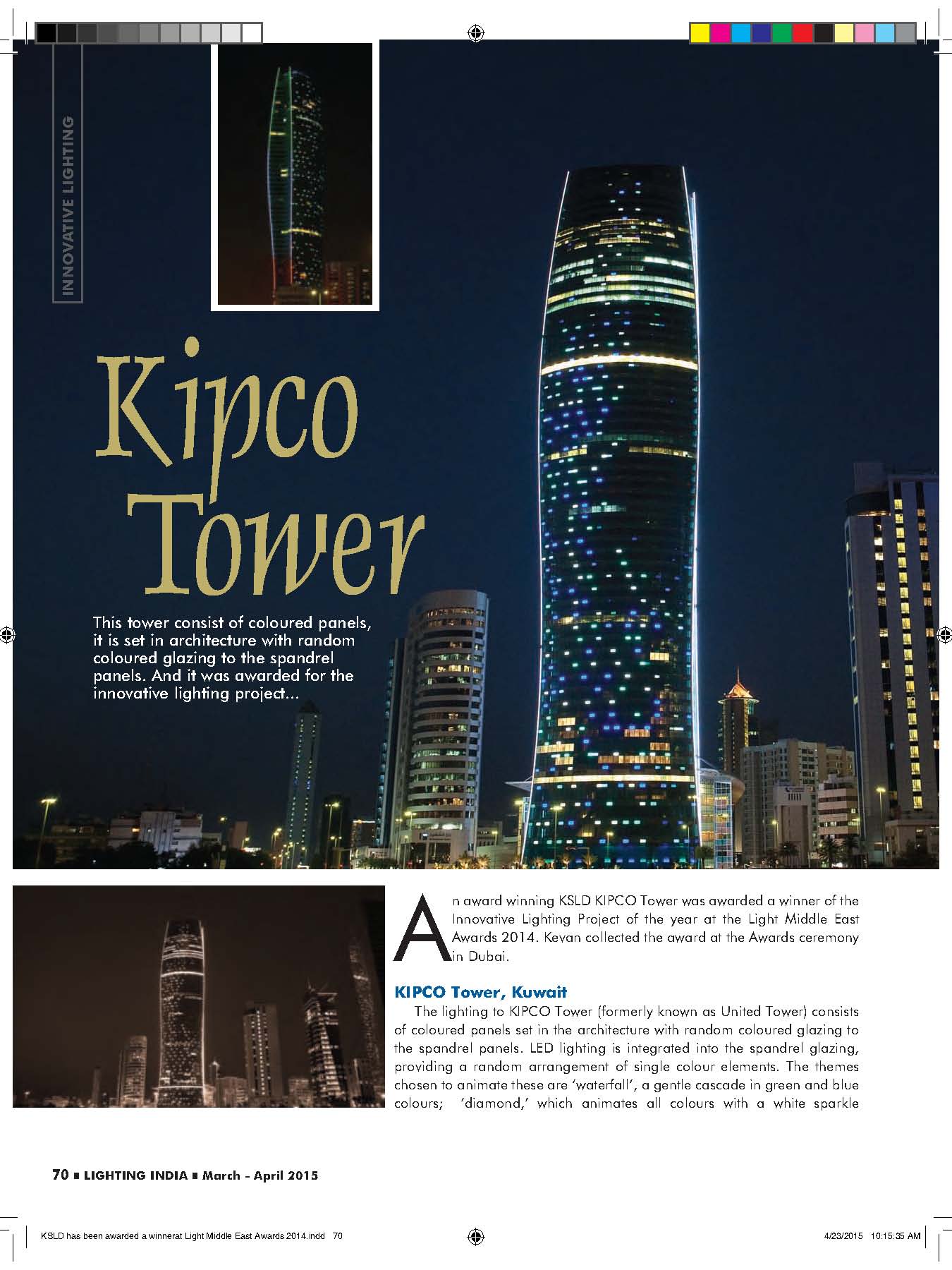Ah, the nights’ a fir drawin’ in! With the increasing darkness, people are spending more time indoors, and those that are outside need more light. How are the lights on your property? Keep reading to identify the ways you can make your property light beautiful.
Stobo Castle
The first thing you need to do is walk all the way around your property in the dark, with all your current lighting on in its normal setting. As you walk, you need to look for the following things:
1) Are all the lights working?
You’d be amazed how many properties have rubbish lighting simply because a lamp or two has gone out and not been replaced. If you notice a light out, or a location that is too dark, the first thing you need to do is call your electrician to either replace the lamp or repair the fixture. This does not need to be an expensive exercise, and keeps your property clean and attractive. If your fixtures are so old that you cannot replace the lamps, contact a lighting designer or manufacturer to help you find out which fixtures are appropriate for your property.
2) Are all the lights the same colour temperature?
It’s a little appreciated fact that different lights have slightly different colours of light. In LEDs, the distinction is usually between “cool” white and “warm” white. Having a row of cool white lights with one warm white light in the middle can really frustrate people. Again, you should be able to fix this easily by simply buying the correct lamp for your fixtures.
3) Do any lights shine directly in people’s eyes?
When you look at the fantastic oil painting on the wall, or when you sit in the chair in the sitting room, is there a light shining right into your eyes? Why is it doing that? Is it trying to light something else? Did it slip and get crooked? Try seeing if you can point the fixture in a different direction. If you’re really stuck, a quick consultation with a lighting designer should be able to resolve any minor problems without a whole redesign.
4) Are the correct things and places lit?
The Edinburgh Festival Hub
If you have art that you want to be seen in dark winters, it needs to be lit. If you have dark stairwells that could be dangerous, they need lit. If you sit in your favourite chair to read, is there enough light to read by? Think about safety and the things that are important to you, and make sure you have enough light. However, if you regularly open your home to the public, you may need to meet specific health and safety lighting regulations; please ask your lighting designer which regulations can apply.
5) Is there… something missing?
Light can be functional, but light can also be beautiful. It can provide an atmosphere, and turn a simple bulb into a feature. It can hide faults and accentuate perfection. Maybe you need a feature light, or maybe it needs a bit more sensuality and cosiness. Is it too modern, too dated? Or do you just want something that is beautiful? Light can do all those things, and it can be achieved with as little as adding a feature light, or changing the location of a couple of fixtures. Historic buildings need tender loving care, but respond best to good lighting. Get in contact with KSLD if you think your lights need an overhaul, or if you just feel over your head. Your property is important, and deserves the best lighting.



